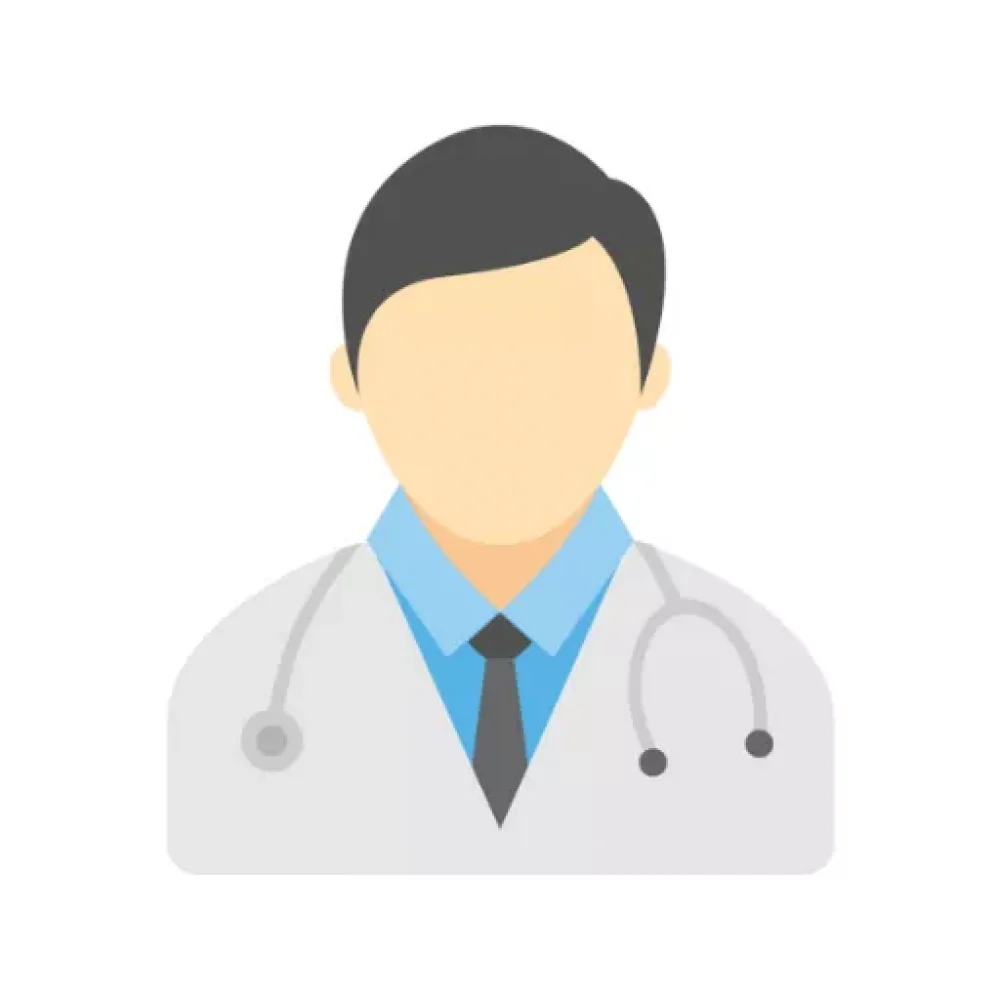Audiometry / C- Arm are advanced diagnostic procedures used to assess hearing function and visualize internal structures respectively. Audiometry is a critical hearing test that evaluates a person’s ability to hear different sounds, tones, and frequencies, helping diagnose various hearing disorders. It plays a pivotal role in identifying hearing impairments and ensuring proper treatment, from hearing aids to medical interventions. On the other hand, the C-arm is a medical imaging device primarily used for real-time X-ray visualization during surgeries or diagnostic procedures.
The C-arm provides detailed imaging of bones, joints, and internal organs, enhancing the precision of medical professionals during procedures. Together with EEG for brain activity monitoring and Nerve Conduction Studies (NCS) for diagnosing nerve disorders, these technologies contribute significantly to healthcare by providing accurate diagnoses and improving treatment options
What is Audiometry / C-Arm?
Audiometry refers to a set of tests used to evaluate a person’s hearing ability, ranging from basic hearing tests to more advanced assessments of speech understanding. It involves using sounds of various pitches and volumes to assess how well the ear processes sound. Audiometry can diagnose a wide range of hearing disorders, from conductive hearing loss to sensorineural issues. The test results help in identifying appropriate treatments or interventions, such as hearing aids or medical therapy.
A C-arm is an advanced medical imaging device that provides real-time X-ray imaging, primarily used in surgery. It allows for detailed, live images of internal structures, such as bones, organs, and joints, during surgical procedures. This live feedback aids in ensuring precision in complex surgeries, from orthopedics to vascular procedures. The C-arm is an essential tool in modern operating rooms, offering high-resolution imaging while minimizing the need for invasive procedures.
- Non-invasive diagnostic tools: Audiometry helps assess hearing, while the C-arm provides real-time imaging during surgeries.
- Broad medical applications: Audiometry identifies hearing impairments, while the C-arm aids in precise surgical planning and execution.
- Enhanced diagnostic accuracy: Both technologies allow for faster, more accurate diagnoses, improving patient outcomes.
Hearing Test
A hearing test is the first step in audiometry and involves assessing an individual’s ability to hear sounds at different pitches and volumes. This test helps determine the type and degree of hearing loss, which could be related to age, noise exposure, or genetic factors. The test is often performed using an audiometer, which produces pure tones that the patient must identify. Based on the patient’s responses, audiologists can determine the extent of hearing loss and recommend further treatment, such as hearing aids, medical therapy, or surgery.
- Detects various types of hearing loss: Conductive, sensorineural, and mixed hearing loss can be identified through this test.
- Assess frequency and intensity ranges: It helps to measure the ear’s sensitivity to different sound frequencies and volumes.
- Early diagnosis: Identifying hearing issues early can help prevent further hearing deterioration and improve the quality of life.
Speech Audiometry
Speech audiometry is a key component of audiometric testing that evaluates how well a person understands speech at different volumes. It is often used in conjunction with pure-tone audiometry to provide a complete picture of an individual’s auditory capabilities. This test uses recorded speech or live voice to assess speech recognition in various environments. The results help audiologists determine the patient’s ability to discriminate between speech sounds, which is crucial for diagnosing issues like auditory processing disorders or nerve damage that may affect speech comprehension.
- Tests speech clarity and understanding: It evaluates how well a person can understand speech in quiet and noisy environments.
- Assesses real-life hearing abilities: It provides valuable insight into how hearing loss affects communication, especially in social situations.
- Guides treatment decisions: Based on the results, healthcare providers can recommend strategies for improving communication, such as hearing aids or speech therapy.
X-Ray Imaging
X-ray imaging, typically used for diagnostic purposes, plays an essential role in healthcare, offering detailed views of bones, joints, and organs. It uses radiation to create images of the inside of the body, which can help detect conditions such as fractures, infections, and tumors. C-arm technology, a specialized form of X-ray, provides real-time imaging during surgical procedures, allowing surgeons to view bones, tissues, and organs during operations. This live feedback ensures that procedures are performed with high precision, reducing risks and enhancing surgical outcomes.
- Real-time surgical guidance: The C-arm provides immediate imaging during surgeries, ensuring precision and reducing complications.
- Non-invasive and quick: X-ray imaging is fast, non-invasive, and essential for detecting a wide range of medical conditions.
- Versatile diagnostic tool: Used for a variety of applications, from bone fractures to detecting tumors and infections.
Tympanometry Test
Tympanometry is a test that measures the movement of the eardrum in response to changes in air pressure. This test helps assess the condition of the middle ear and the mobility of the eardrum, which can be affected by fluid, infection, or Eustachian tube dysfunction. Tympanometry is essential for diagnosing middle ear problems like otitis media, eustachian tube dysfunction, or perforated eardrums. It is a quick and non-invasive test that helps healthcare providers understand the cause of hearing loss, enabling appropriate treatment options.
- Assesses middle ear function: Tympanometry evaluates the condition of the middle ear and eardrum, detecting fluid buildup or dysfunction.
- Helps diagnose ear-related conditions: It is particularly useful in diagnosing ear infections and Eustachian tube blockages.
- Non-invasive and accurate: The test provides clear results without the need for surgical intervention, aiding in effective treatment planning.
Conclusion
Audiometry and C-arm imaging are essential technologies in modern healthcare, aiding in the diagnosis and treatment of a wide range of conditions. Audiometry, with its comprehensive hearing tests, helps identify hearing loss and related disorders, enabling healthcare providers to offer timely interventions. The C-arm, on the other hand, enhances the precision of surgeries by providing real-time X-ray images, ensuring accurate diagnoses and successful outcomes. Both tools play a vital role in enhancing patient care, offering fast, non-invasive diagnostic options that improve treatment planning. At Prime Indian Hospital, we utilize these advanced technologies to ensure the best possible care for our patients, helping them achieve better health and quality of life.














